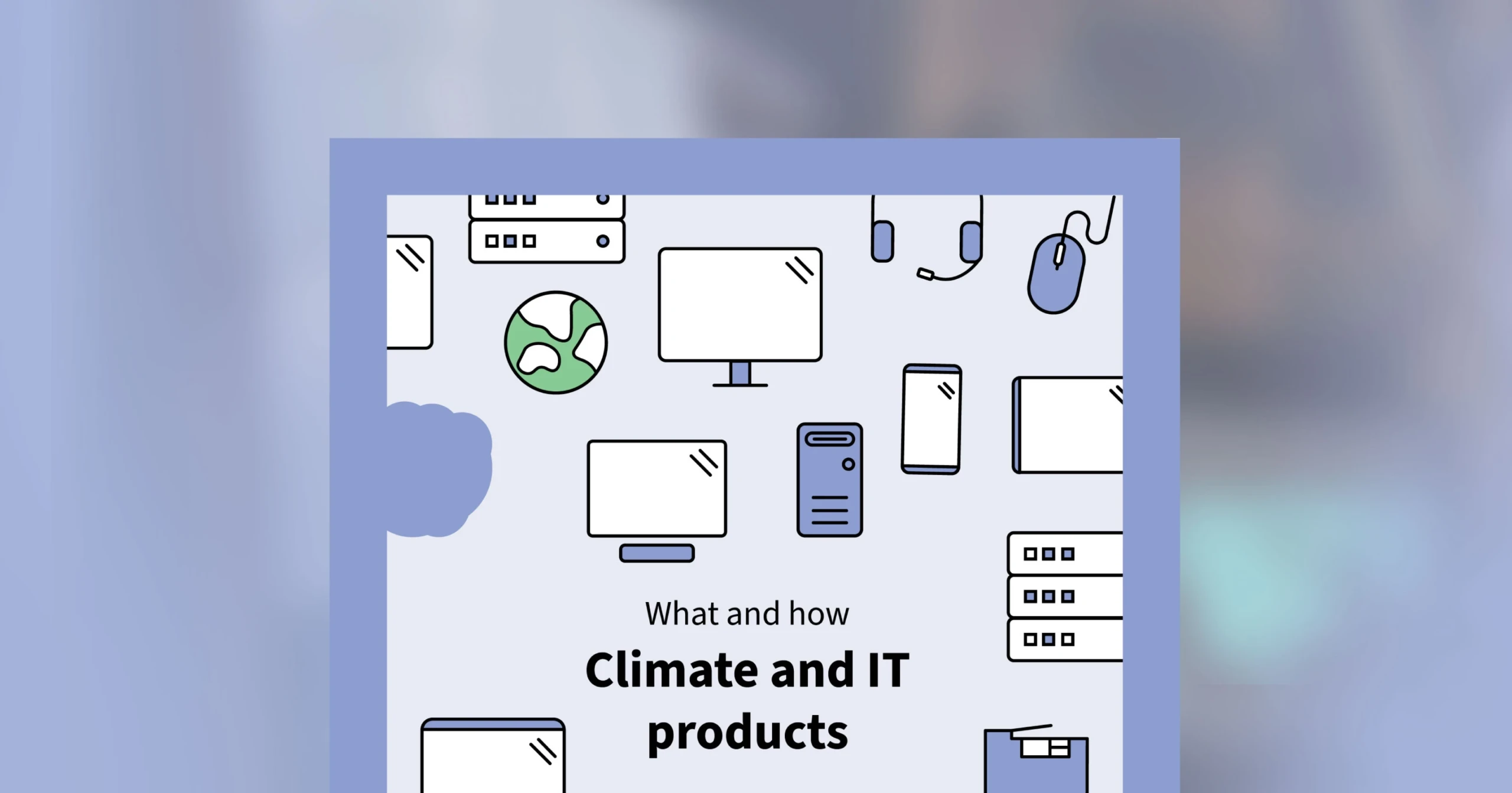What will it take to move from a throwaway culture to one where IT products are designed to last, be repaired, and reused? We spoke to two of the most influential voices in the circular economy — Ken Webster and Kyle Wiens — who say the answer lies in valuing longevity, embedding responsibility into product design, and changing how we see both waste and worth.
“We want to go from a linear economy to a circular one, because IT products are often produced in a linear way, which harms fragile ecosystems and depletes natural resources,” says Ken Webster, author and longtime circular economy thought leader. “But we don’t want to attach guilt to it.”
Each year, more than 60 million tonnes of e-waste are generated globally, yet the majority of these discarded products are not safely or effectively recycled. And even when they are, the process rarely preserves the original value of the materials.
“Most recycling deals with material which is horribly contaminated. By the time you’ve recycled it, you’ve lost all coherence to the object. It’s not a plastic bottle anymore — it’s a mashed-up piece of plastic,” says Ken Webster. “So it has to be reprocessed, which is often very expensive in energy terms and is very leaky in terms of materials.”
Ken Webster is a leading figure in the development of the theory and practice of a circular economy. He is an original members of the Ellen MacArthur Foundation and the author of several books on circularity.
Instead, a true circular approach is about preserving the value and function of products for as long as possible. That means designing them for repairability, reuse, and longevity and supporting users in keeping products in use through upgrades and maintenance.
Kyle Wiens, CEO and co-founder of repair advocacy organization iFixit, underscores how product design decisions can either enable or block long-term use.
Wiens illustrates this with a simple example: two computer mice, from the same manufacturer. One allows a battery to be swapped in seconds, while the other is glued in and difficult to service. Ironically, it’s the cheaper model that’s more repairable — and more likely to last.
Kyle Wiens is an advocate for the Right to Repair movement. He is the CEO and co-founder of iFixit, a repair community and e-commerce platform that facilitates product repairs globally.
“We should be able to repair the things that we have,” he says. “If we buy something, it shouldn’t be disposable. It should last — and be fixable along the way.”
Financial incentives are important
True circularity also means reassessing the financial incentives in the system. Today, it’s often cheaper to produce new devices from virgin materials than to design for durability, repairability, or reuse — not because it’s more efficient, but because aspects like pollution, resource depletion and labor rights violations aren’t reflected in the price.
“We might need to begin charging the real cost for new materials — including social and environmental impacts,” Webster suggests. “That way, second-hand materials could have a price advantage. It’s about making prices tell the truth.”
This shift could help drive demand for products made to last and be reused, creating a viable market for circular IT and encouraging manufacturers to rethink how they design and manufacture devices.
To empower purchasers to make more circular decisions, transparency around durability and repairability is key. Kyle Wiens stresses that with market demand, circular product development will follow. “If we get long-term thinking built into our upfront procurement, the rest of it settles itself out.”
TCO Certified makes circularity easier
Many of the concerns raised by Webster and Wiens are already addressed in the circularity criteria of TCO Certified. Products must meet strict requirements for durability, repairability and secure removal of data, and responsible e-waste management is promoted. A repairability index for mobile devices indicates how easy it is to maintain, reuse, and repair the product, to empower purchasers to make responsible choices. All criteria are mandatory and compliance is always independently verified.






